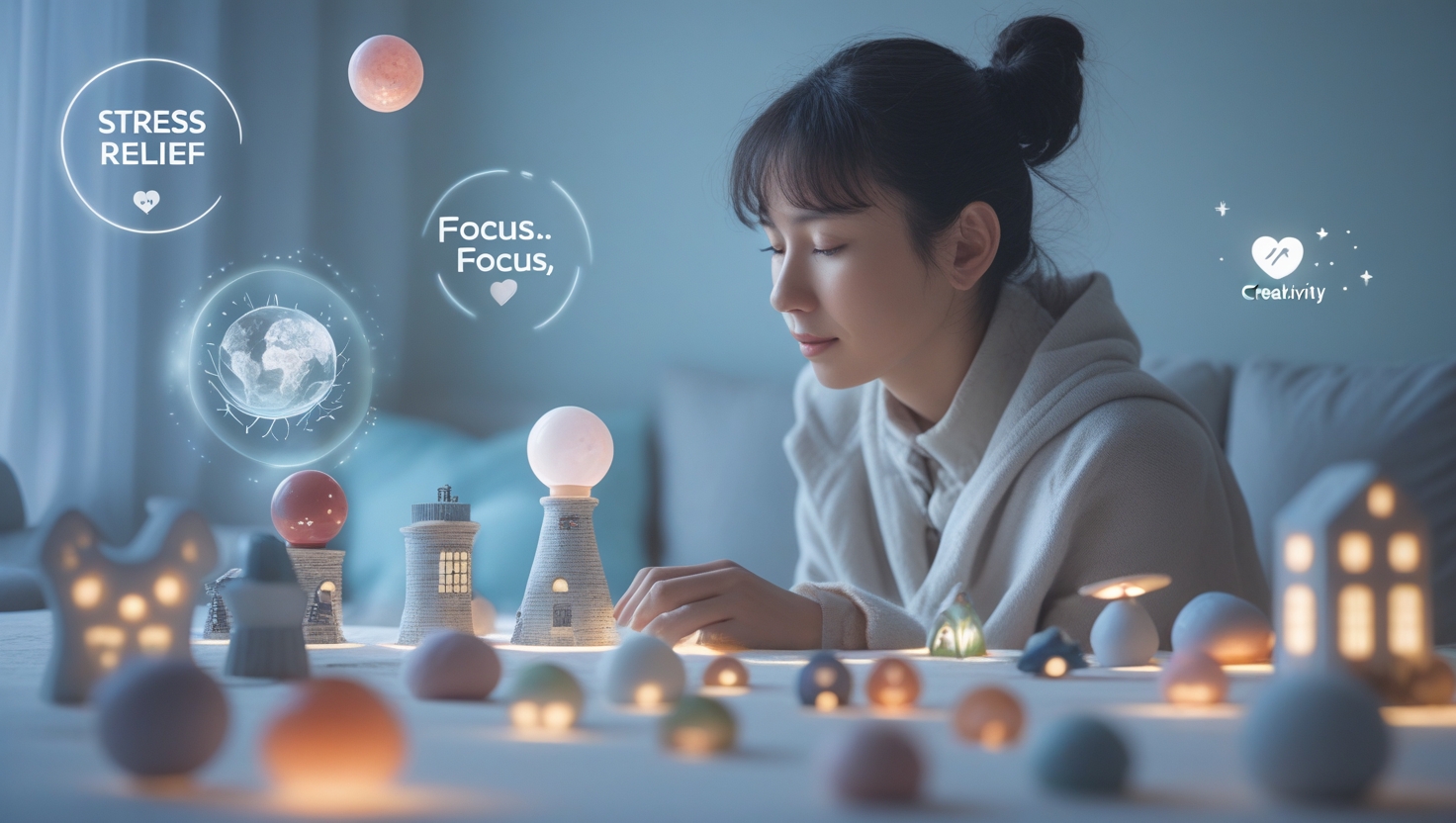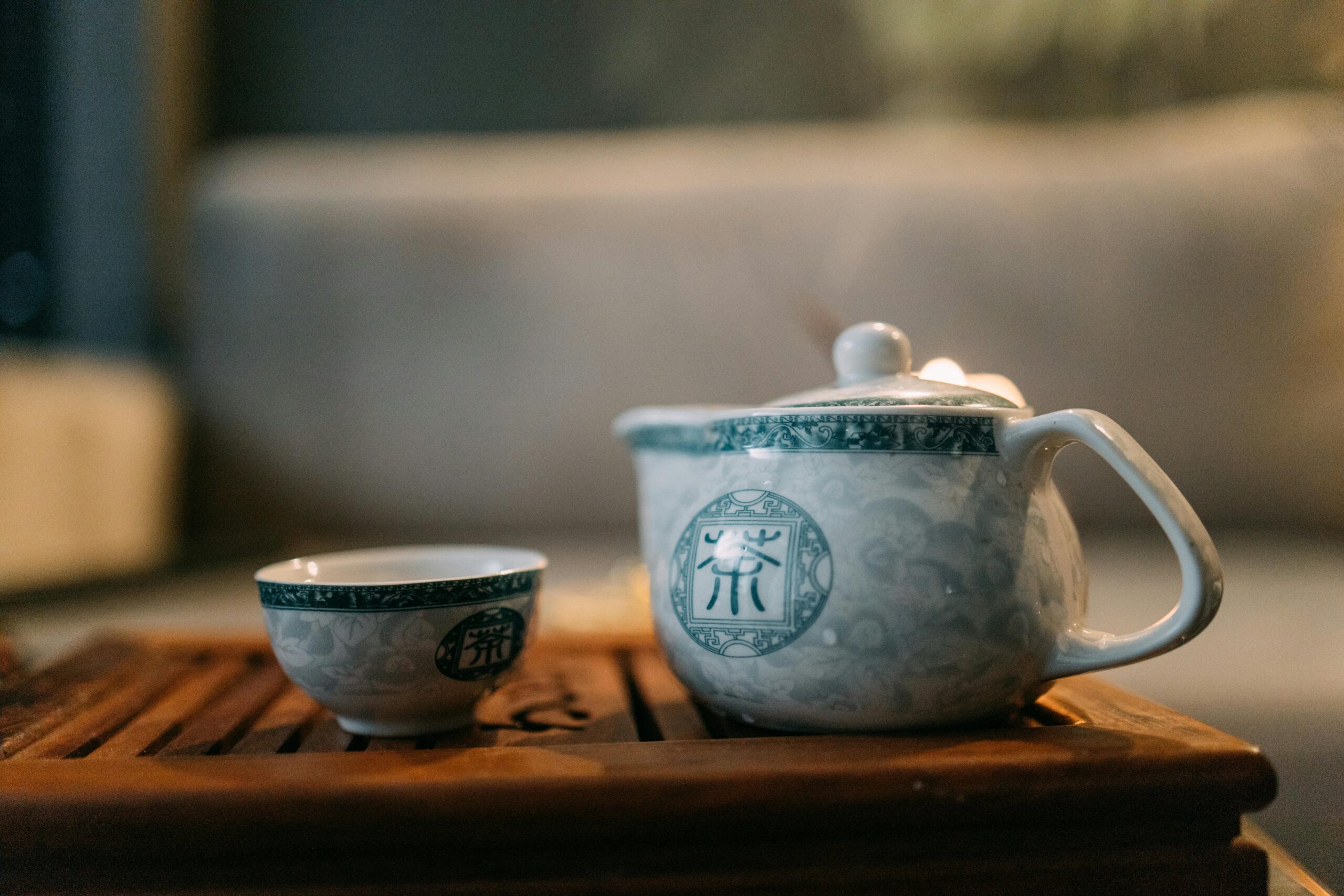Semicrophilia is a term that describes a fascination or attraction to small objects or beings. This phenomenon can manifest in various ways. People may be drawn to miniature versions of everyday items, tiny creatures, or even dolls. This interest goes beyond mere enjoyment; for some, it can evoke feelings of joy, comfort, or nostalgia.
Individuals with semicrophilia often find beauty in the delicate details of small items. The intricate craftsmanship of miniature models, the charm of tiny collectibles, and the uniqueness of small animals all contribute to this attraction. Semicrophilia can be a playful hobby, a form of artistic expression, or a way to connect with childhood memories.
This attraction to smallness can also reflect a deeper emotional connection. Some individuals feel a sense of calm and happiness when surrounded by small things. This phenomenon is not uncommon, and many people share a similar appreciation for the tiny wonders of life.
The Psychology Behind Semicrophilia
The psychology of semicrophilia can be quite fascinating. Many individuals are drawn to small objects because they evoke feelings of safety and comfort. The small size can create a sense of intimacy and warmth. This may remind individuals of childhood toys or cherished memories, leading to positive emotional responses.
For some, semicrophilia can also be linked to a desire for control. Small items are often easier to handle and organize, allowing individuals to create their miniature worlds. This control can provide a sense of security in a chaotic or overwhelming environment. The act of collecting or arranging small items can also be a form of stress relief, providing a creative outlet for those who engage in it.
Moreover, the interest in small things can lead to a unique appreciation for artistry. Many miniature artists put immense effort into creating detailed models or tiny sculptures. This appreciation for craftsmanship can foster a deeper connection with the art form, allowing individuals to admire the skill and creativity involved.
Examples of Semicrophilia
Semicrophilia can manifest in various forms and through different interests. One common example is the fascination with dollhouses. These tiny homes, often filled with miniature furniture and decorations, allow individuals to create their perfect little worlds. The attention to detail in dollhouses can be astonishing, making them a popular attraction for those with a love for small things.
Another example is the collection of miniature figurines. Some people enjoy collecting tiny animals, people, or objects from different cultures. These figurines often tell stories and provide a glimpse into different worlds, making them fascinating for collectors.
Miniature food art is another exciting aspect of semicrophilia. Artists create tiny replicas of food items, showcasing incredible skill and creativity. These miniature dishes can be so realistic that they almost look good enough to eat. This unique form of art attracts many individuals who appreciate the beauty and craftsmanship involved.
Additionally, some people find joy in keeping small pets, like hamsters, gerbils, or even tiny reptiles. The appeal of caring for smaller animals can bring immense joy and companionship, highlighting the connection between humans and the small creatures of the world.
The Cultural Impact of Semicrophilia

Semicrophilia also has cultural significance. Different cultures around the world celebrate smallness in various ways. In Japan, for intance, the art of “netsuke” features intricately carved miniature objects that often serve as toggles for traditional clothing. These tiny works of art showcase the skill of artisans and highlight the cultural appreciation for detail.
In the realm of entertainment, semicrophilia is often seen in movies and television shows. Characters may have collections of miniature items, and storylines can revolve around the charm of small things. This portrayal often highlights the joy and nostalgia associated with tiny objects, resonating with audiences who share similar interests.
Moreover, the rise of social media has allowed enthusiasts to share their love for small items. Platforms like Instagram and Pinterest feature countless accounts dedicated to showcasing miniatures and tiny collectibles. This sharing fosters a sense of community among individuals with similar interests, allowing them to connect and celebrate their passion.
How to Embrace Semicrophilia
If you find yourself drawn to small things, embracing semicrophilia can be a rewarding experience. Start by exploring your interests. Consider what small objects or themes resonate with you the most. Whether it’s miniature art, tiny collectibles, or small animals, allowing yourself to dive into your interests can be incredibly fulfilling.
Creating a collection can also be a fun way to express your passion. Whether it’s collecting tiny figurines or starting a dollhouse, having a dedicated space for your collection can bring joy. Displaying your favorite pieces can also be a conversation starter, allowing you to connect with others who share your interests.
Another way to embrace semicrophilia is by engaging with communities online. Joining forums or social media groups can connect you with like-minded individuals. These communities often share tips, showcase their collections, and inspire each other. Participating in these groups can deepen your appreciation for semicrophilia and enhance your experience.
The Benefits of Engaging with Semicrophilia
Engaging with semicrophilia can have numerous benefits for individuals. One significant advantage is the boost in creativity it can provide. Exploring small objects can inspire artistic expression, whether through crafting, collecting, or photography. This creativity can serve as a healthy outlet for emotions and thoughts.
Additionally, semicrophilia can promote mindfulness. Focusing on small details encourages individuals to slow down and appreciate the present moment. This mindfulness can reduce stress and anxiety, creating a sense of calm in one’s life.
Furthermore, pursuing semicrophilia can enhance social connections. Sharing your interests with others fosters community and belonging. Whether through clubs, online groups, or local meetups, connecting with fellow enthusiasts can lead to lasting friendships.
Finally, engaging with semicrophilia can serve as a reminder of life’s little pleasures. In a world that often feels overwhelming, appreciating small things can bring joy and happiness. This perspective encourages individuals to find beauty in the ordinary and cherish moments that may otherwise go unnoticed.
The Role of Semicrophilia in Art and Craft
Semicrophilia has a significant presence in the world of art and craft. Artists and crafters often create miniature pieces that captivate audiences. The meticulous attention to detail required for such creations showcases exceptional skill and dedication. From tiny sculptures to miniature paintings, artists express their creativity through small-scale works.
Many artists find inspiration in everyday objects and transform them into art. For instance, miniature dioramas allow viewers to explore entire scenes crafted from small materials. These intricate setups can depict various themes, from nature to urban life, inviting observers to engage with the artwork on a personal level.
Crafting miniatures is also a popular hobby. Crafters often use materials like polymer clay, wood, and paper to create tiny items. This hands-on activity encourages creativity and can be incredibly satisfying. The process of making something small often brings joy, as crafters can see their vision come to life in a tangible form.
Additionally, some art exhibits focus exclusively on miniature art. These exhibitions highlight the skill and creativity of artists working in small formats. They attract enthusiasts of semicrophilia, providing a space to appreciate the beauty and intricacy of small-scale works.
Semicrophilia in Literature and Media
Semicrophilia is also reflected in literature and media. Many stories and films feature themes centered around smallness, inviting audiences to explore unique perspectives. For example, tales like “The Borrowers” or movies like “Honey, I Shrunk the Kids” play with the idea of being tiny and the adventures that come with it. These narratives often evoke feelings of wonder and curiosity.
Literature often describes the charm and beauty of small things. Authors use detailed descriptions to capture the allure of miniature objects, encouraging readers to appreciate the world’s subtleties. This literary exploration enhances the appeal of semicrophilia, inspiring readers to consider their relationships with small objects and experiences.
Furthermore, social media has become a platform for sharing stories and visuals related to semicrophilia. Accounts dedicated to miniature creations, such as tiny food or dollhouses, garner significant attention. The sharing of photos and videos helps cultivate a community of enthusiasts who celebrate the art of smallness.
As literature and media continue to explore these themes, they contribute to the broader understanding of semicrophilia. They allow people to engage with the concept in various ways, fostering appreciation for the charm and creativity inherent in small things.
Exploring the Community of Semicrophilia Enthusiasts
Joining a community of semicrophilia enthusiasts can greatly enhance your experience. Many groups, both online and offline, offer spaces for individuals to share their collections, creations, and stories. These communities foster connections among like-minded individuals, providing a platform for inspiration and support.
Social media platforms often host groups dedicated to semicrophilia. These groups share photos, tutorials, and tips for creating and collecting small items. Members can ask questions, seek advice, and celebrate each other’s successes. Engaging with others who share a passion for small things can lead to new friendships and collaborations.
In addition to online communities, local meetups and events offer opportunities for enthusiasts to connect in person. Craft fairs, exhibitions, and workshops can serve as gathering spaces for those who appreciate the art of miniatures. These events encourage individuals to share their knowledge, exchange ideas, and even trade miniature items.
Moreover, some enthusiasts take their passion a step further by participating in exhibitions or contests. These events showcase the talent and creativity of individuals dedicated to semicrophilia. They provide a platform for artists and crafters to display their work and gain recognition within the community.
Semicrophilia and Its Influence on Mental Health

Engaging in semicrophilia can positively influence mental health. The act of focusing on small details can be calming and grounding. When individuals immerse themselves in the world of tiny objects, they often experience a sense of peace and happiness. This mindfulness can alleviate stress and anxiety, providing a therapeutic escape from daily pressures.
Collecting or creating miniatures can also enhance feelings of accomplishment. Completing a miniature project or adding a new item to a collection can bring joy and satisfaction. These positive experiences contribute to overall well-being and a sense of purpose.
Additionally, the community aspect of semicrophilia plays a crucial role in mental health. Connecting with others who share similar interests fosters a sense of belonging. This support network can provide encouragement and understanding, reducing feelings of isolation.
For those facing mental health challenges, engaging in semicrophilia can serve as a creative outlet. It offers a way to express emotions and thoughts through art and collection. The focus on small objects can provide a welcome distraction, allowing individuals to cope with difficult feelings.
The Future of Semicrophilia
As interest in semicrophilia continues to grow, its future looks promising. The rise of technology offers new ways for enthusiasts to engage with their passions. Virtual reality and augmented reality could create immersive experiences, allowing individuals to explore miniature worlds like never before.
Moreover, the growing popularity of sustainability may influence the types of miniature items produced and collected. Many enthusiasts are drawn to eco-friendly practices, seeking materials and items that align with their values. This shift could lead to a new wave of creativity within the community.
Education also plays a vital role in the future of semicrophilia. Workshops and classes focused on creating miniatures can introduce new individuals to this unique interest. As more people discover the joy of small things, the community will likely expand, bringing fresh perspectives and ideas.
Additionally, the integration of semicrophilia into educational settings could foster creativity and critical thinking in younger generations. Encouraging children to engage with small objects and creative projects can nurture their artistic abilities and imagination.
Conclusion
Semicrophilia is a unique and fascinating attraction that allows individuals to appreciate the beauty of small things. This interest can manifest in various forms, from collecting miniature items to caring for tiny pets. The psychology behind semicrophilia highlights the comfort and joy derived from small objects, making it a rewarding pursuit for many.
Engaging with semicrophilia can lead to creativity, mindfulness, and stronger social connections. As people explore their interests and embrace their love for small things, they find joy and fulfillment in their experiences. Whether through collecting, creating, or connecting with others, semicrophilia offers a delightful journey into the world of miniature wonders.
For anyone intrigued by the charm of small objects, semicrophilia provides an enriching path. By celebrating the beauty in the tiny details of life, individuals can cultivate a deeper appreciation for the world around them and discover joy in the smallest of things.
FAQs
1. Is semicrophilia a common attraction?
Yes, semicrophilia is relatively common. Many people find joy in collecting or admiring small items, whether it be toys, art, or tiny animals. The appreciation for smallness resonates with a wide audience.
2. Can semicrophilia be a therapeutic hobby?
Absolutely. Engaging with semicrophilia can provide comfort and stress relief. Focusing on small details can encourage mindfulness and promote relaxation, making it a beneficial hobby for mental health.
3. How can I get started with semicrophilia?
To get started with semicrophilia, explore your interests. Consider what small items attract you most, and start collecting or creating. Connecting with online communities can also provide inspiration and support as you delve into this unique fascination.
















